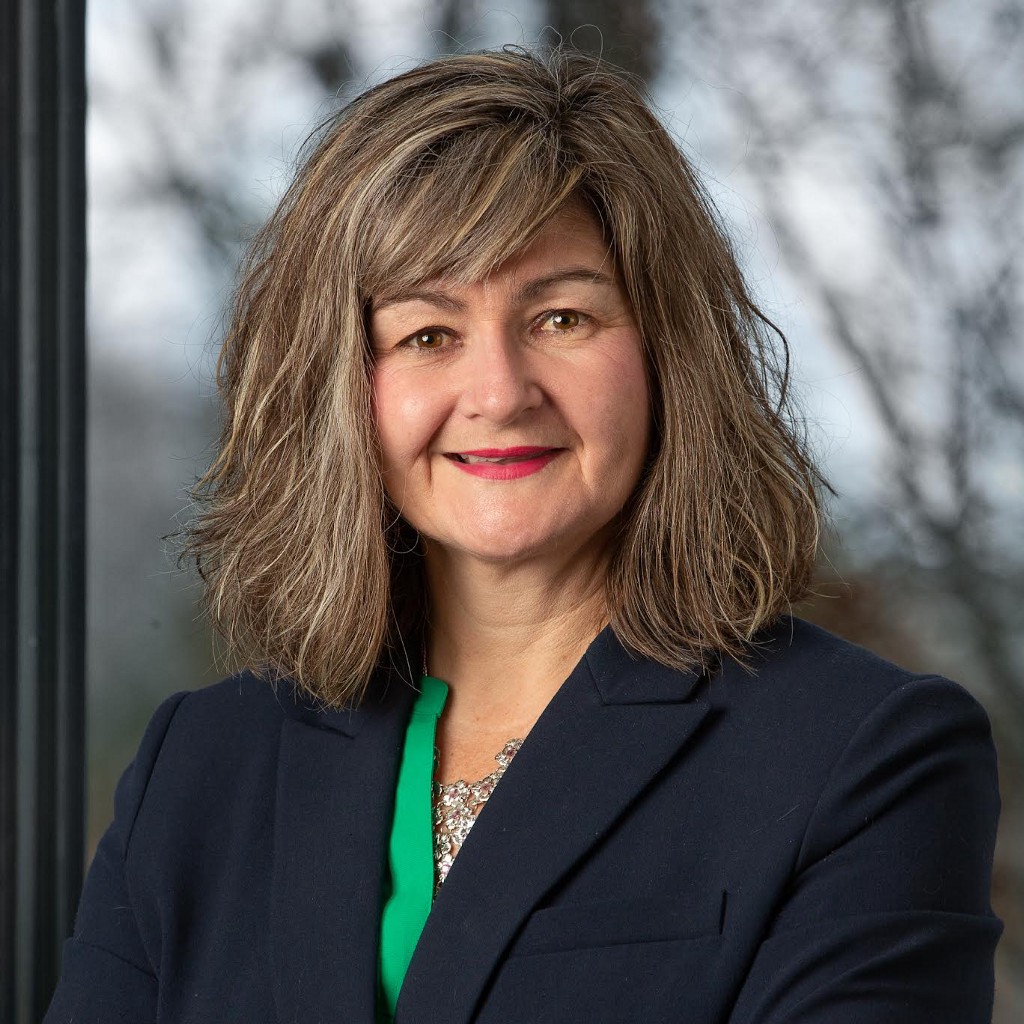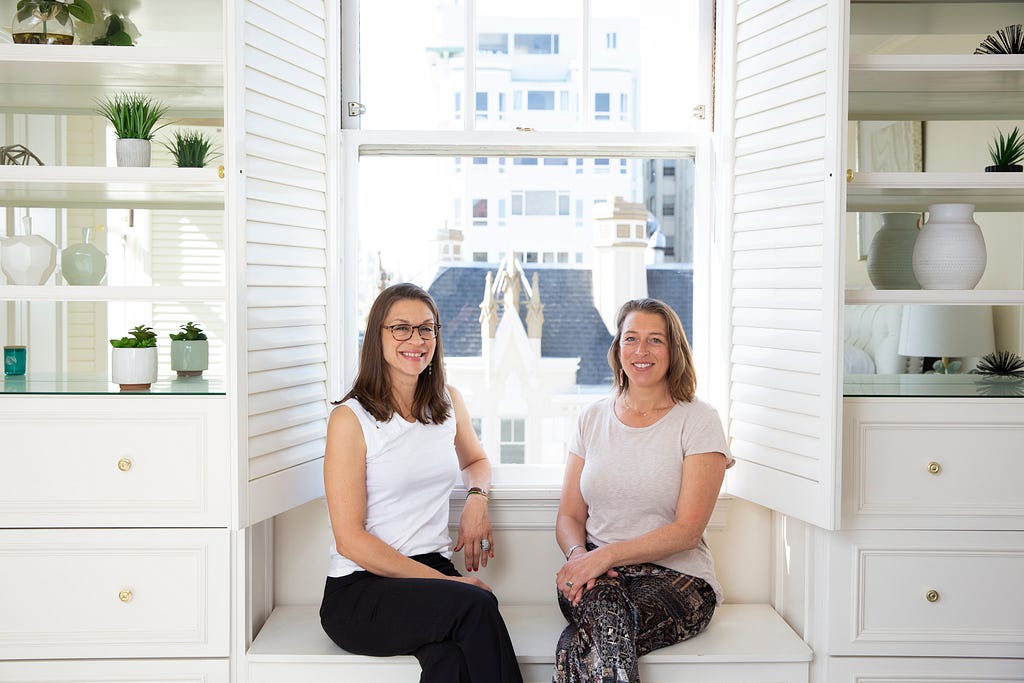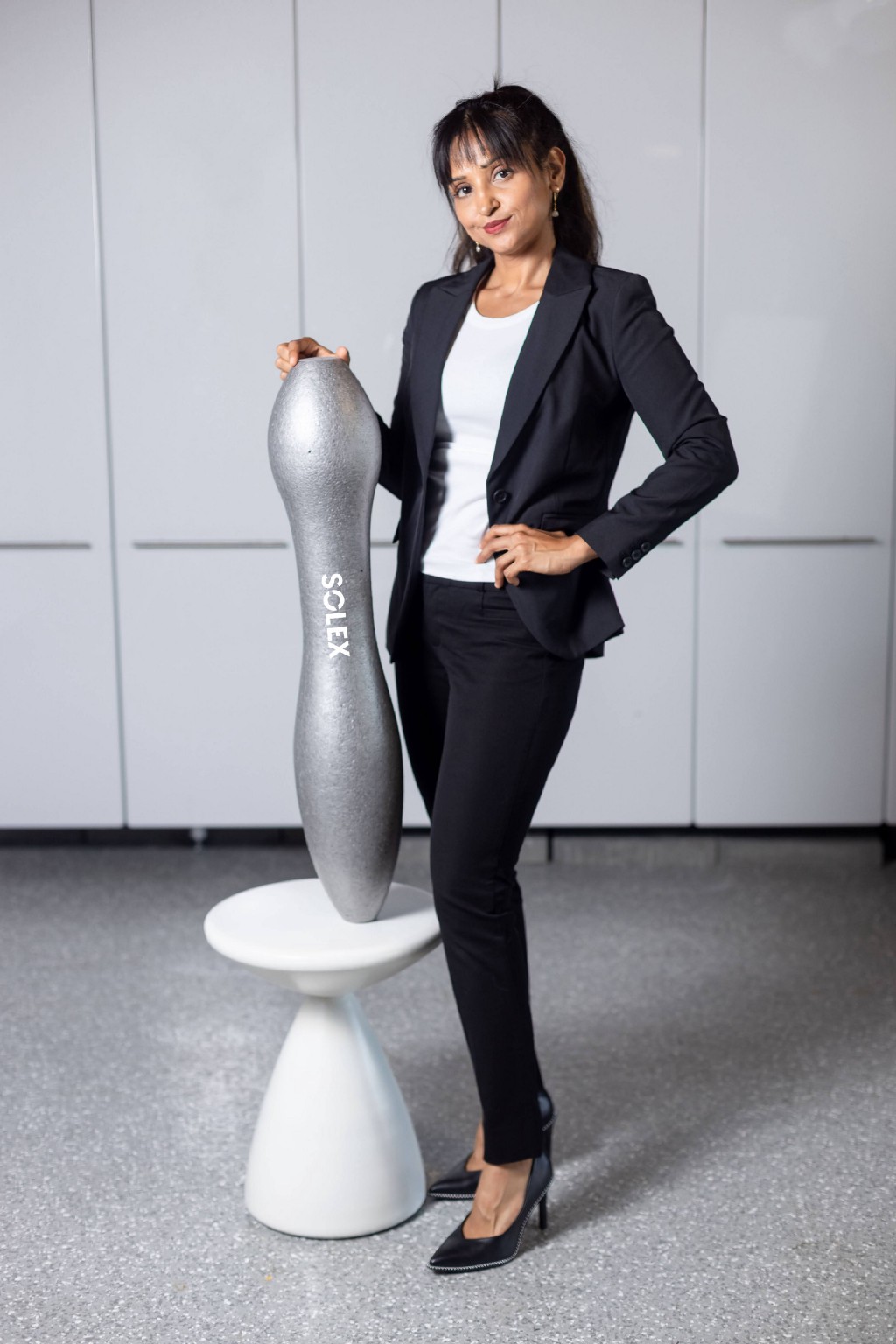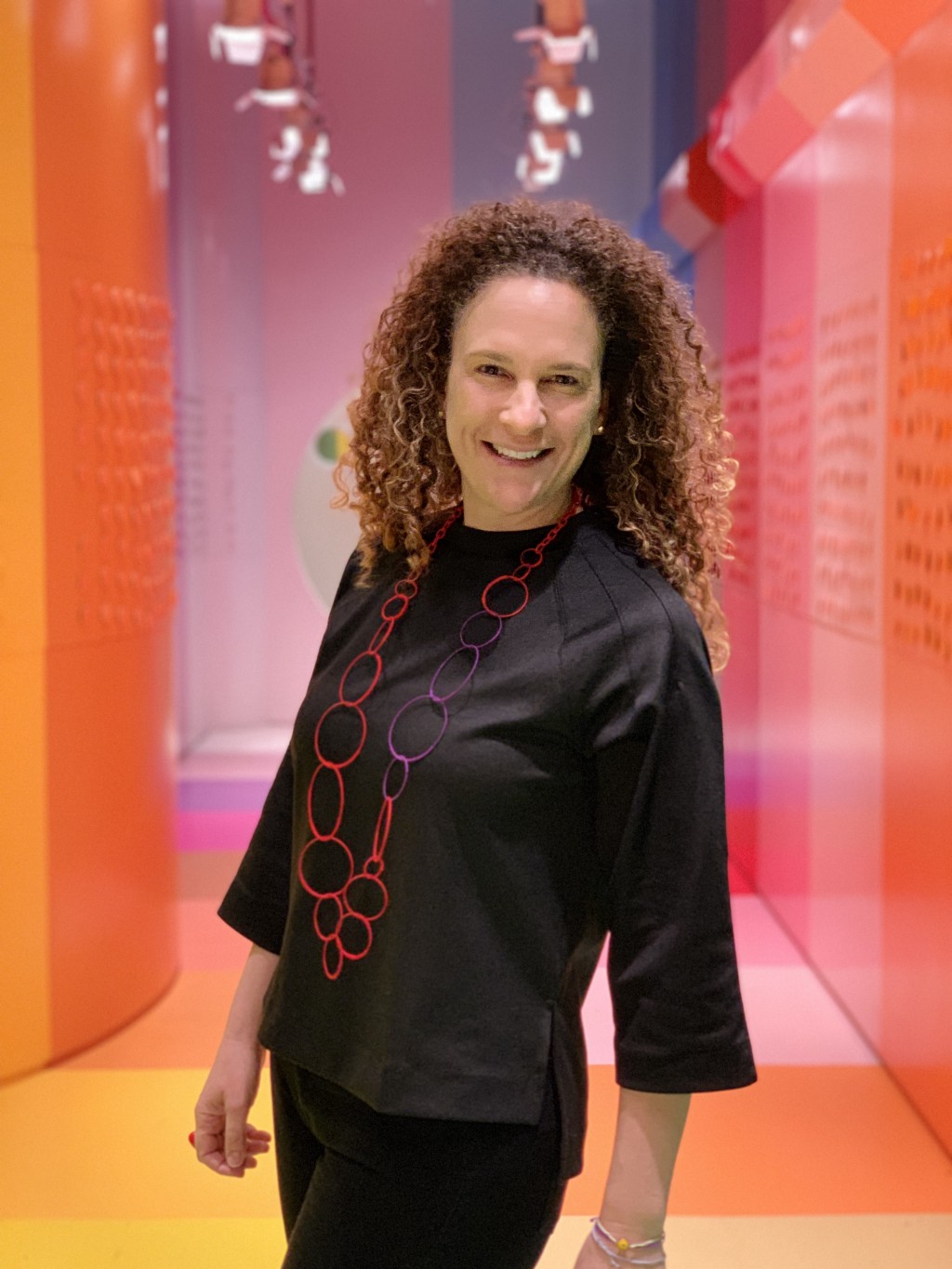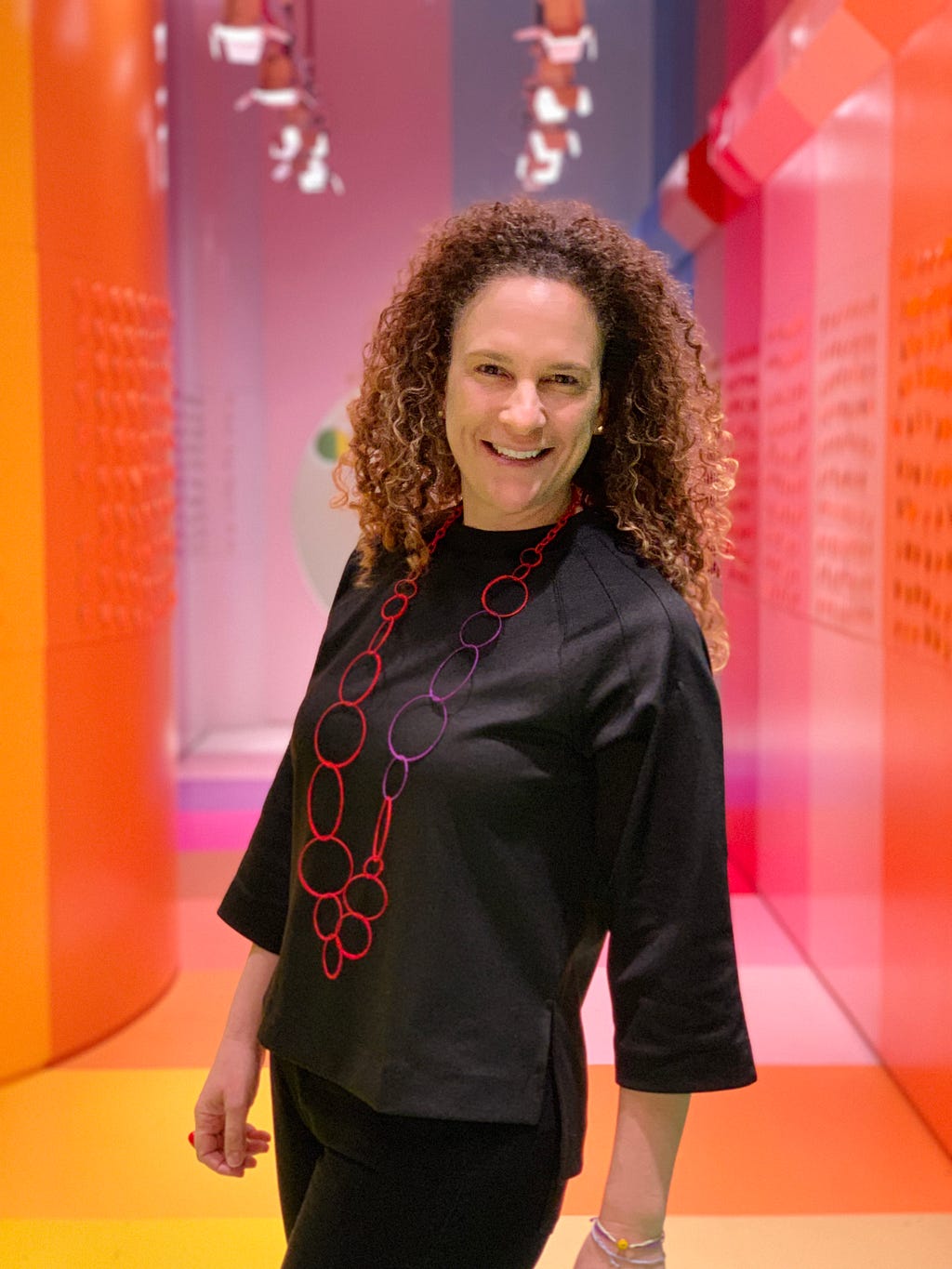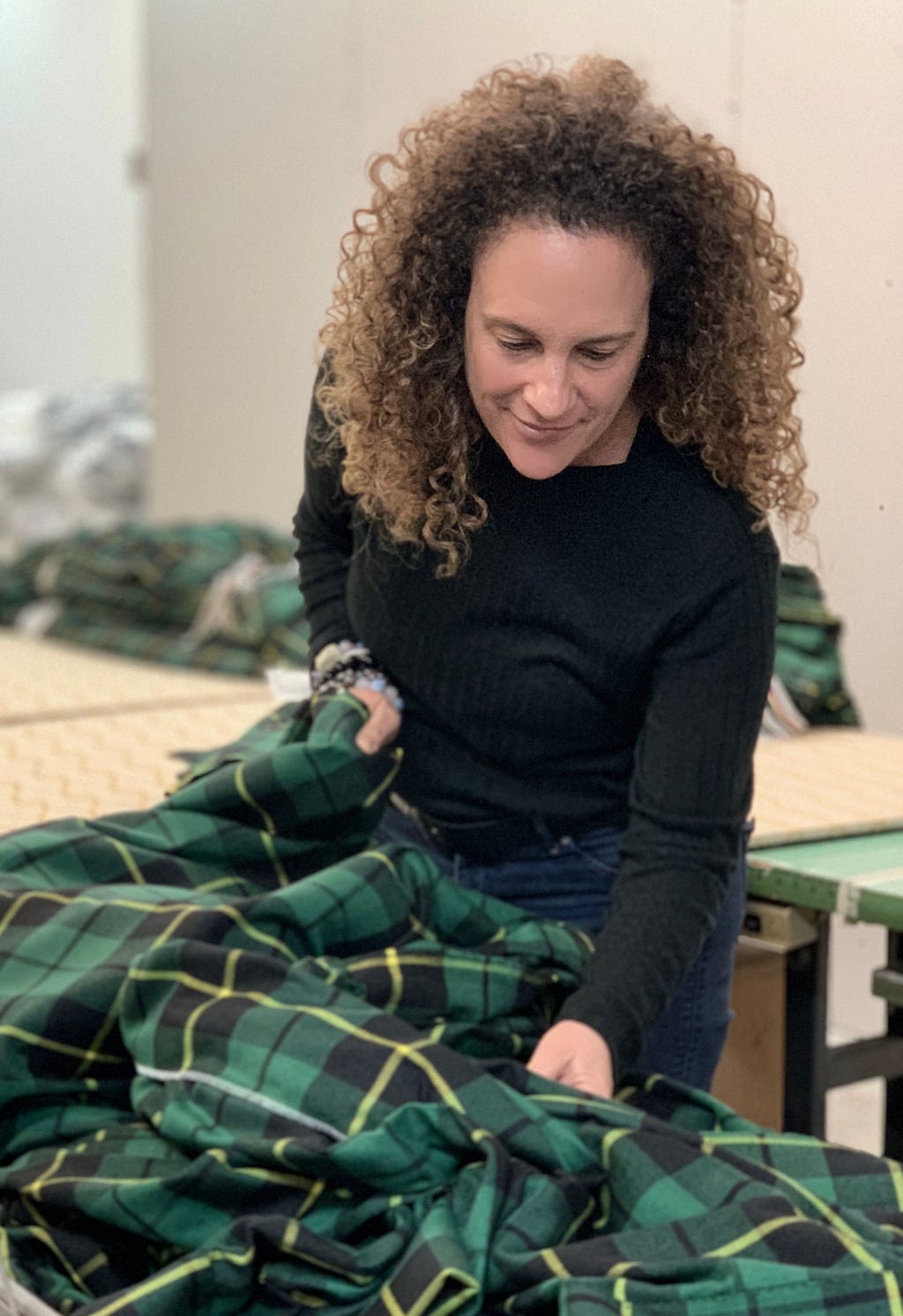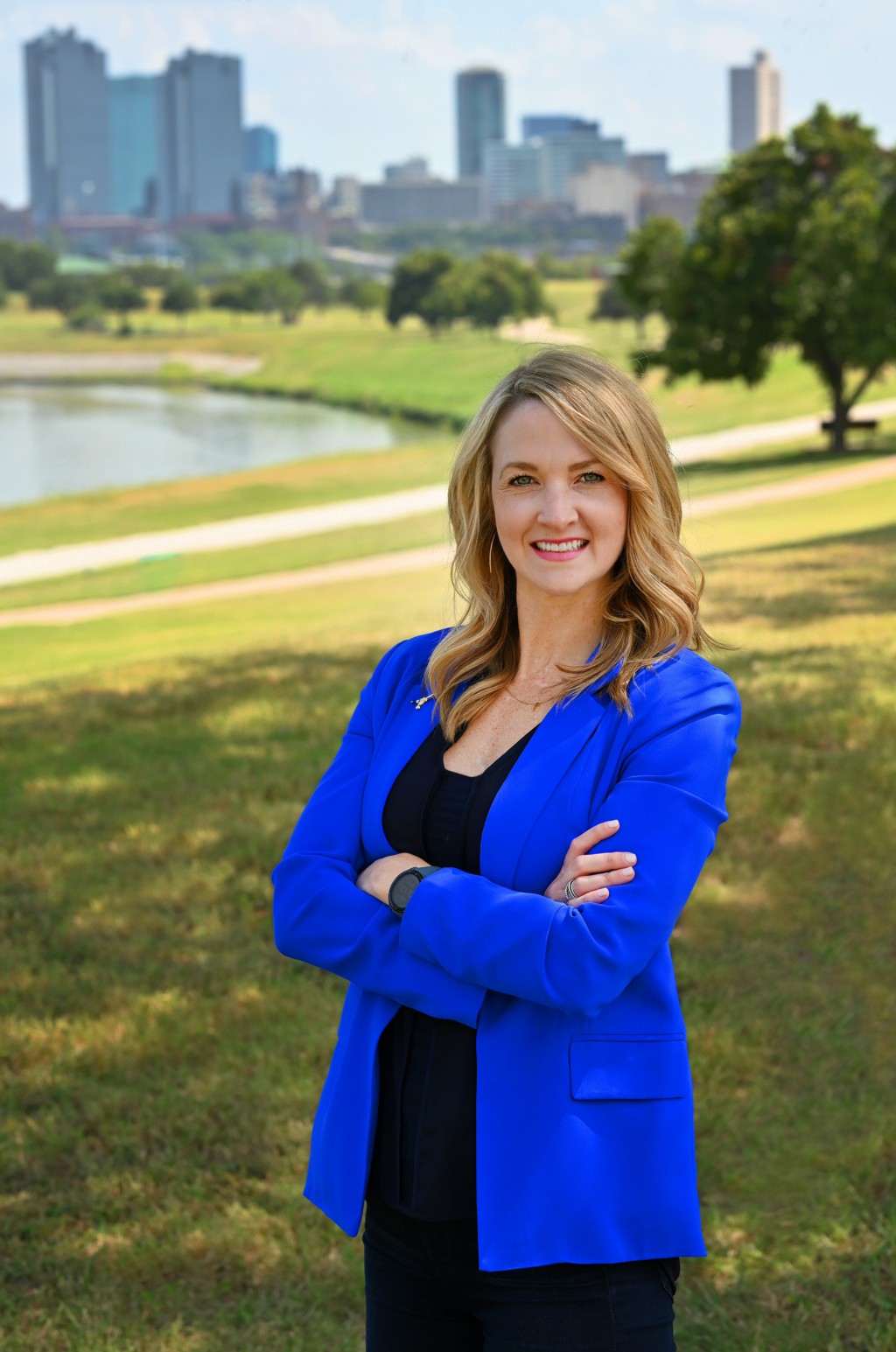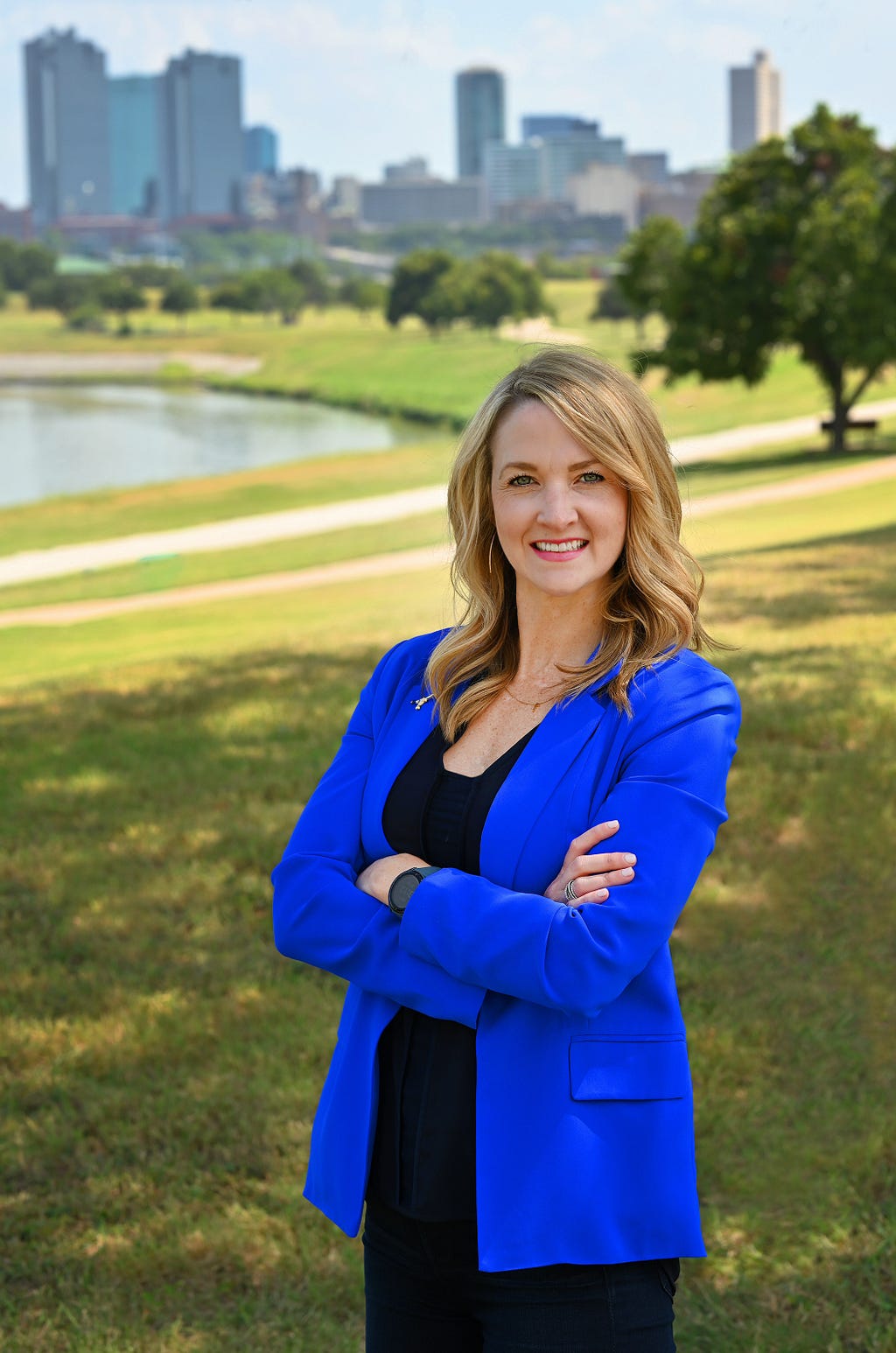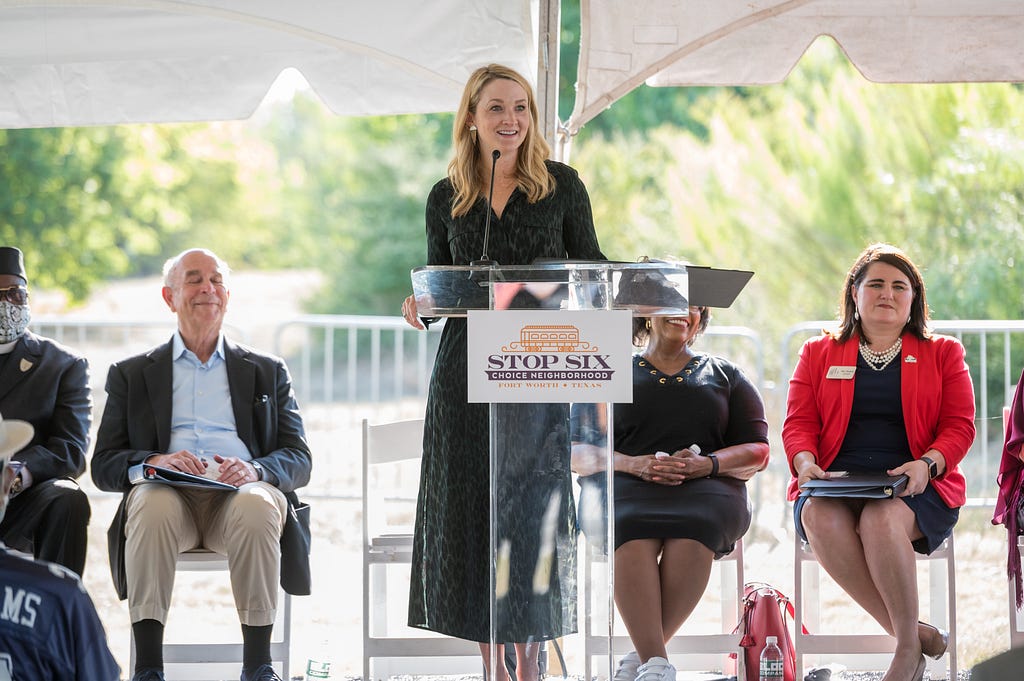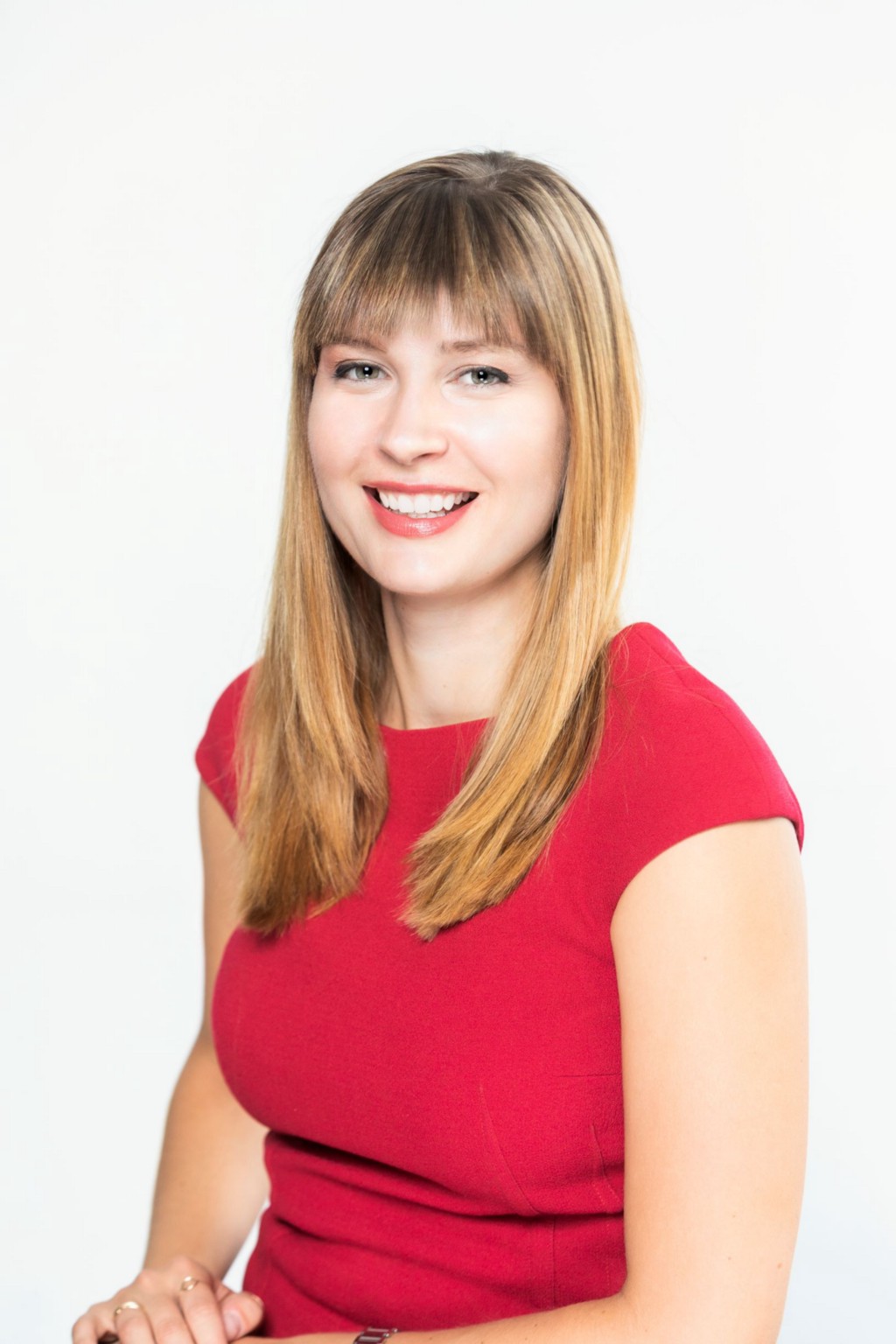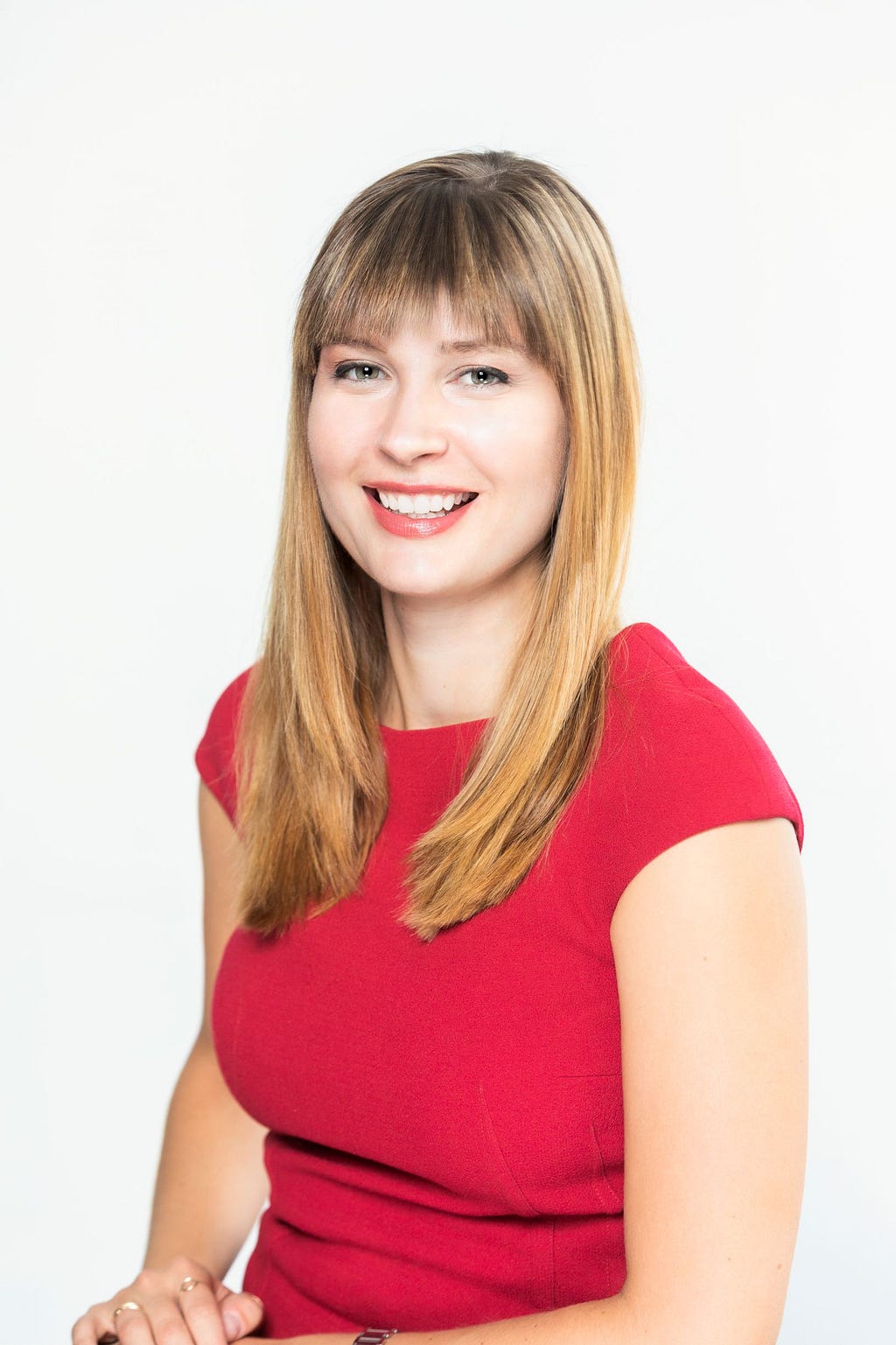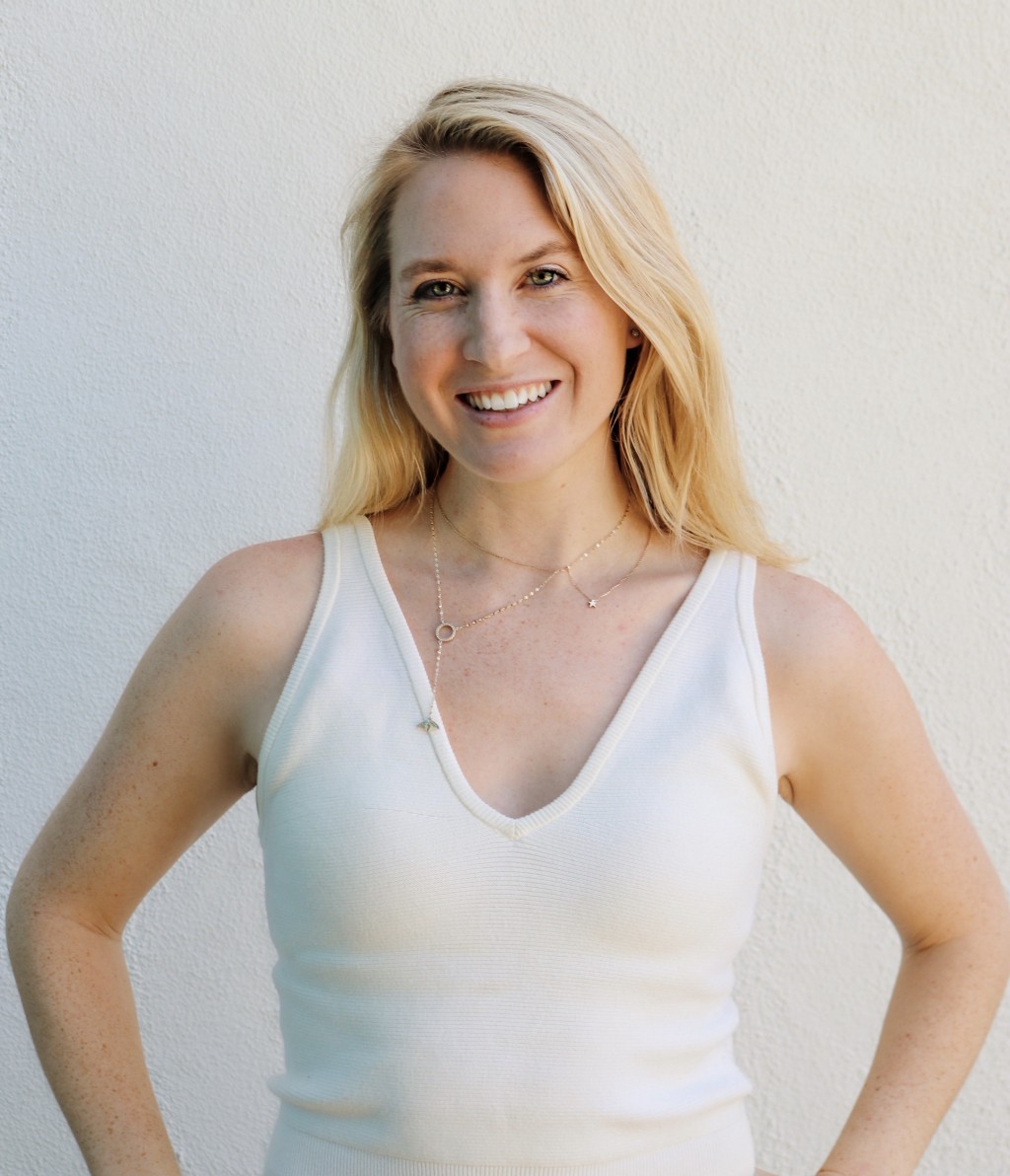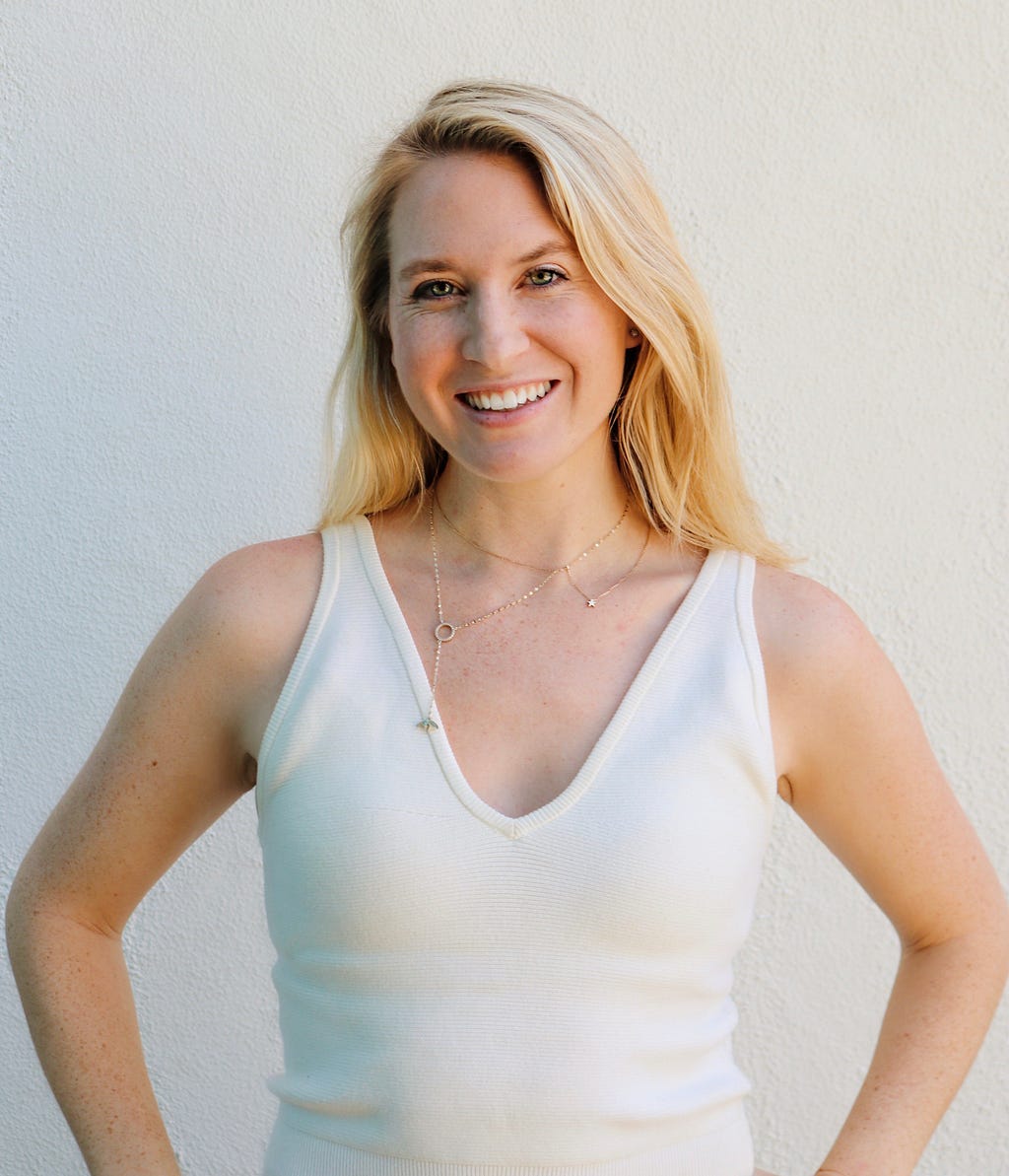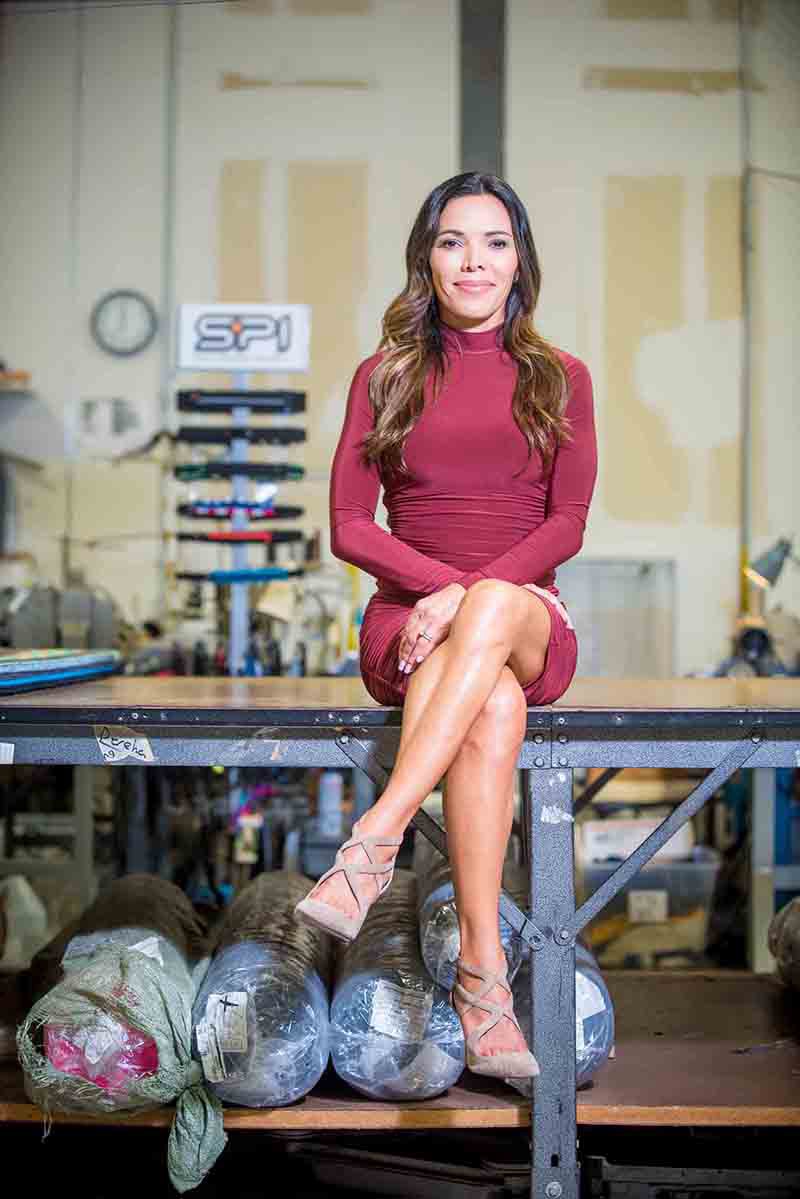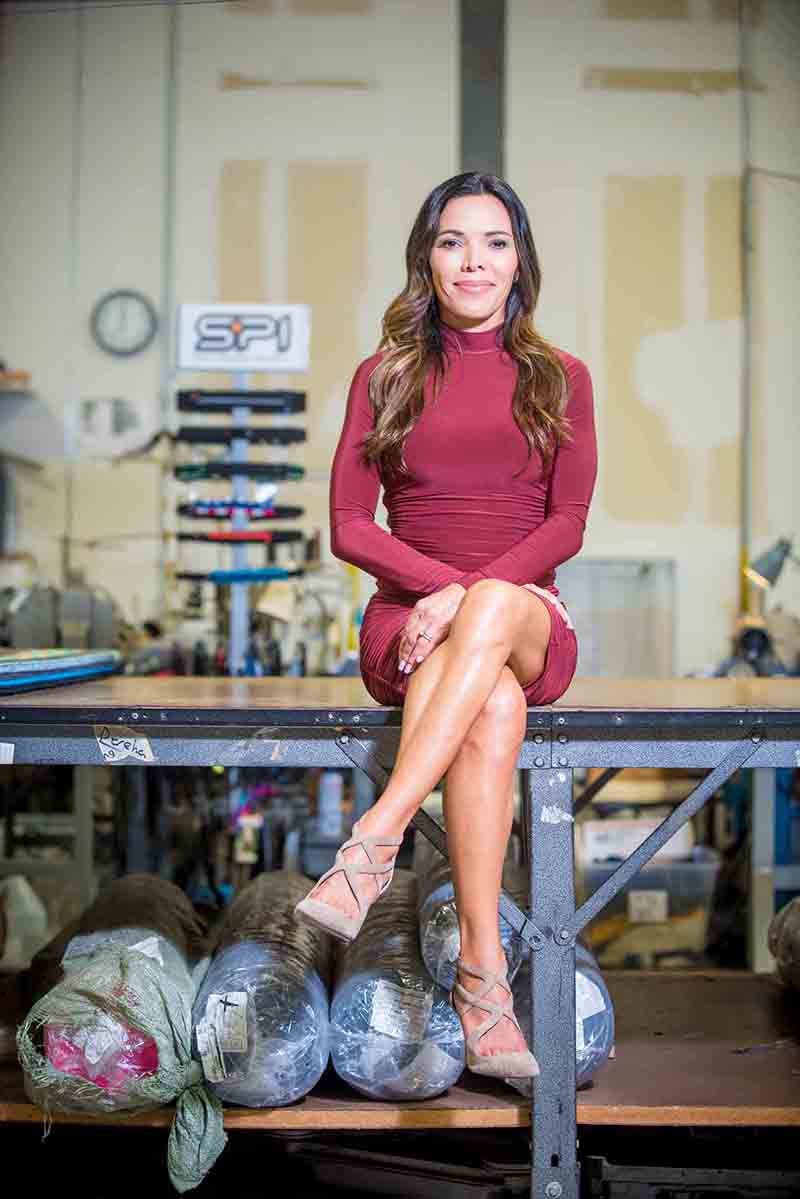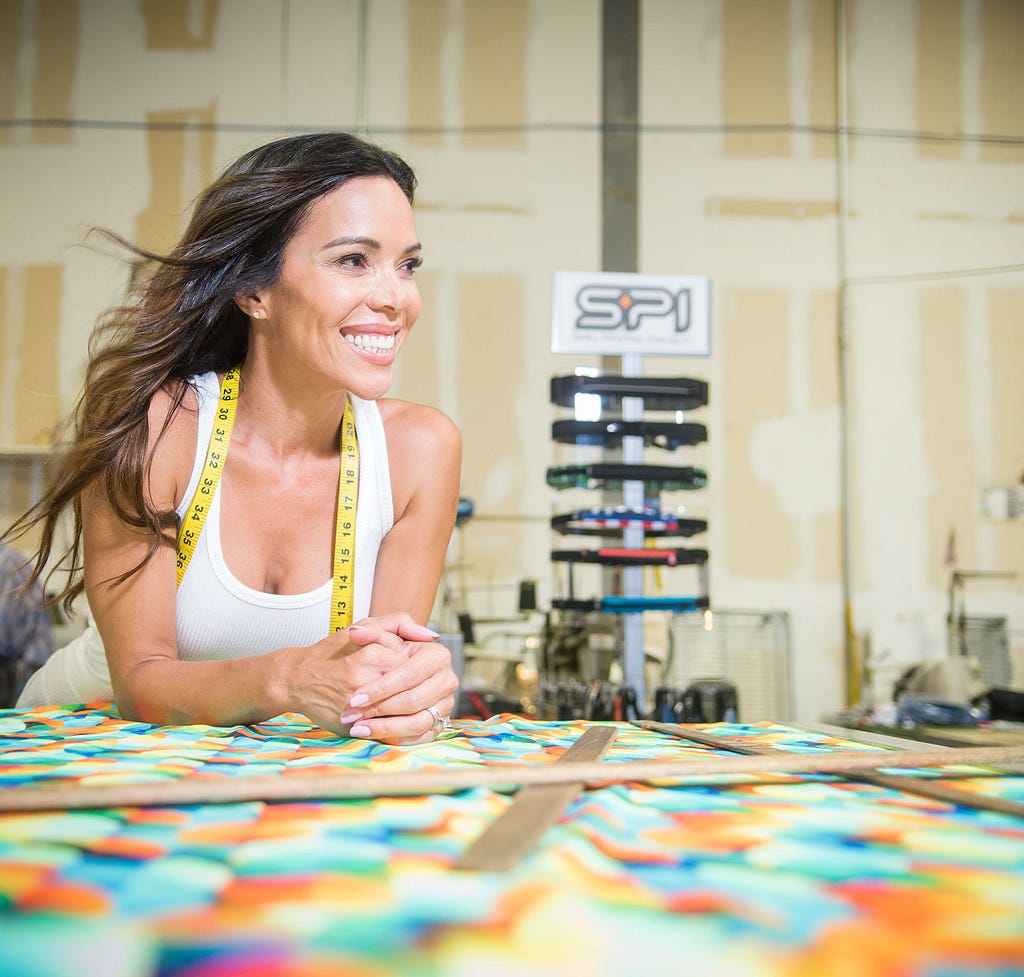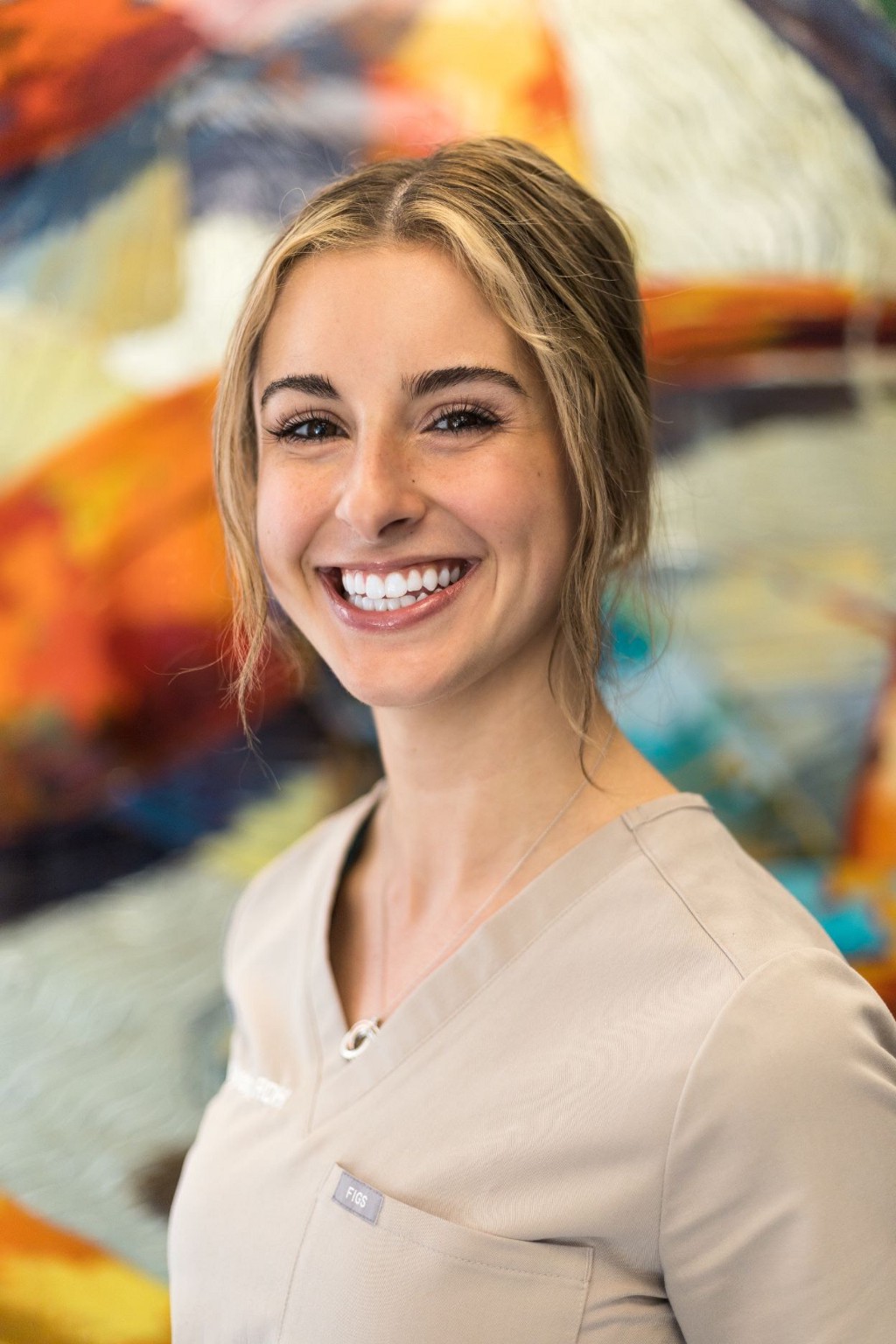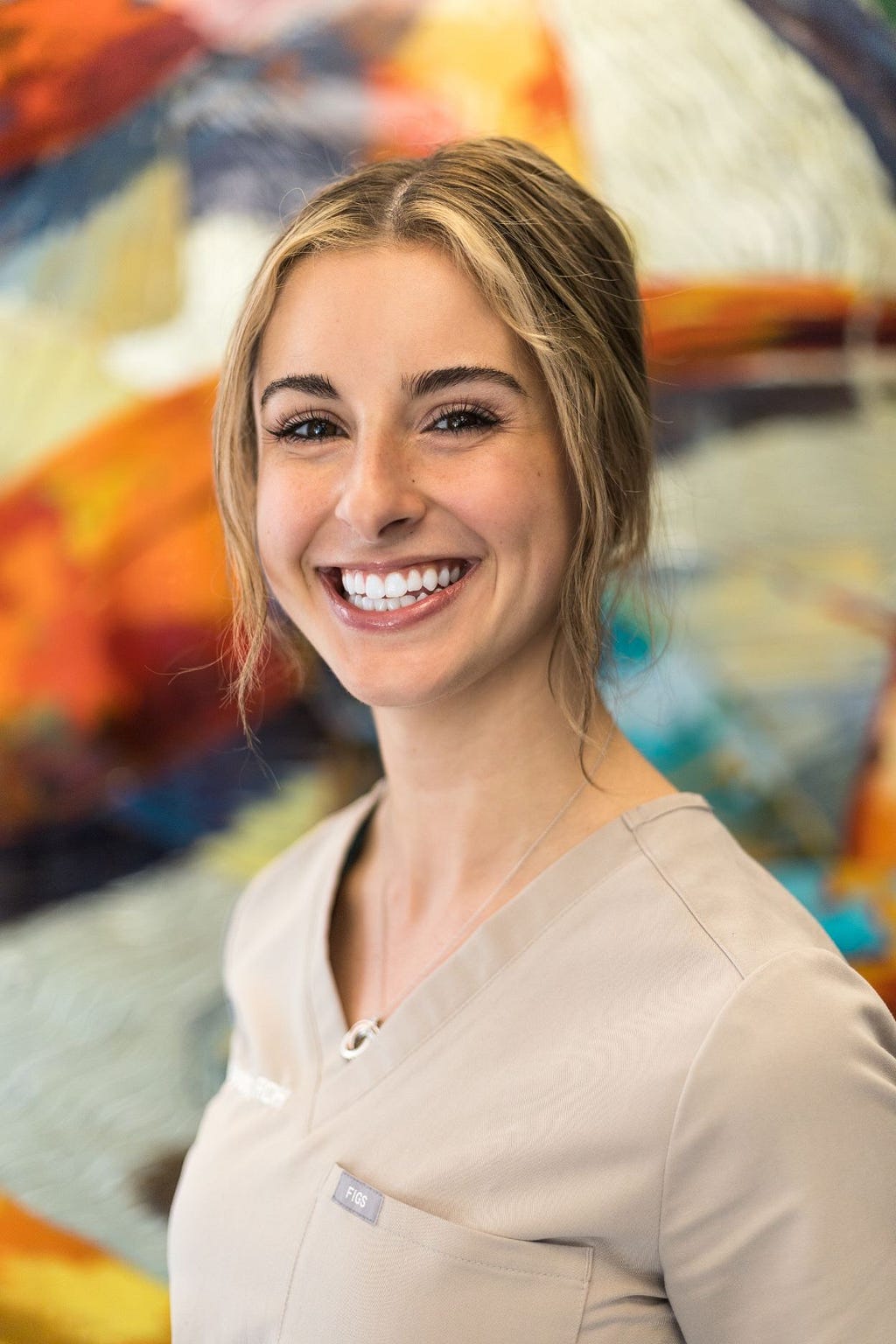Inspirational Women in STEM and Tech: Dr Rachael Brake of Corbus Pharmaceuticals On The 5 Leadership Lessons She Learned From Her Experience
An Interview With Candice Georgiadis
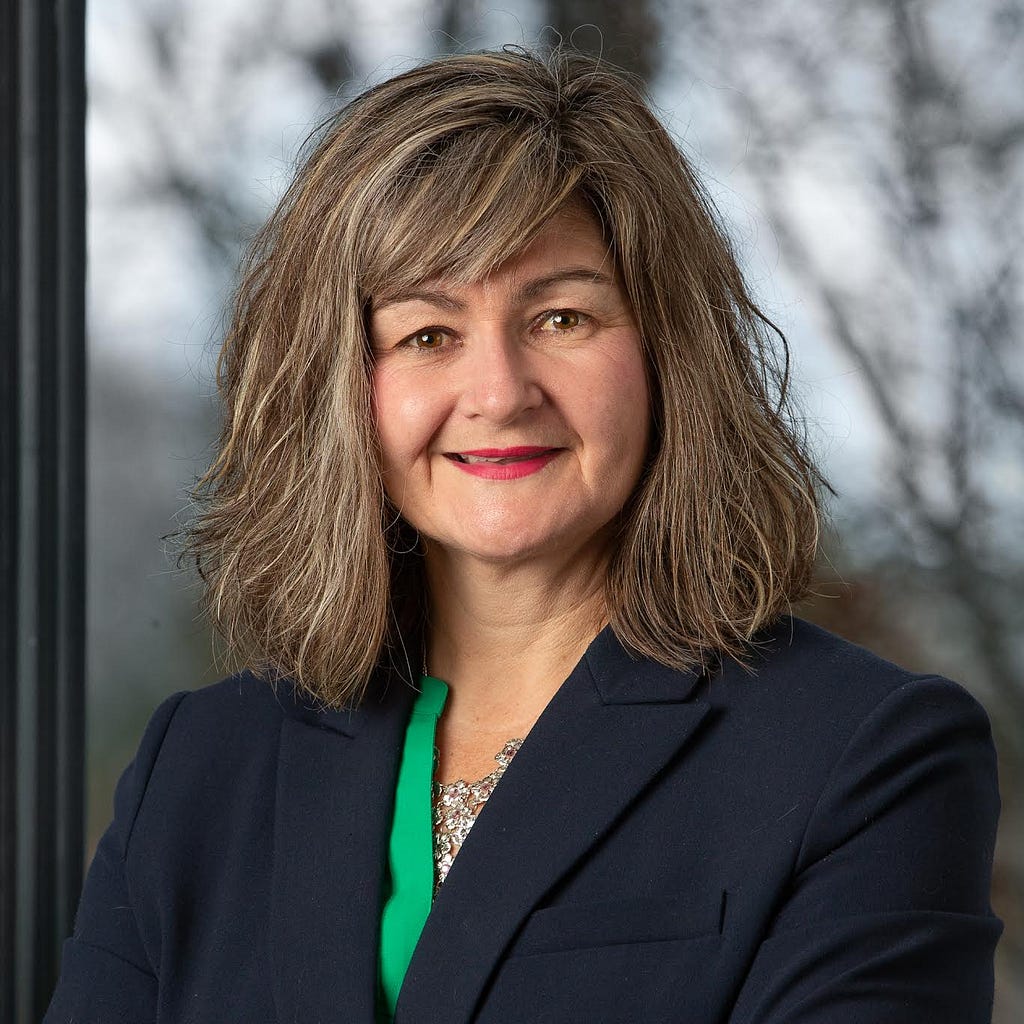
Create a culture of transparency: As a learner, I always do a better job remembering and applying information if I understand context around a topic. Putting something into a bigger picture always helps me. I have, as a consequence, naturally adopted this approach with others. However, what I didn’t realize until later in my career is that this is called “transparency” and that my teams really appreciate this knowledge — and better still, they make better independent decisions because of the knowledge. It is a win for everyone.
As a part of our series about “Lessons from Inspirational Women in STEM and Tech,” we had the pleasure of interviewing Rachael Brake, Ph.D.
Dr. Brake is the chief scientific officer of Corbus Pharmaceuticals, a Massachusetts-based immunology company that is committed to helping people defeat serious illness by bringing innovative scientific approaches to well-understood biological pathways. She is currently leading the company’s research in immuno-oncology as well as the endocannabinoid system’s effect on obesity. Dr. Brake formerly held leadership roles at Takeda Oncology, including vice president, global project leader in the oncology therapeutic area and head of U.S. medical affairs, oncology business unit. Dr. Brake obtained her Ph.D. in molecular biology and biochemistry from the University of Western Australia Perth.
Thank you so much for doing this with us. Can you tell us a story about what brought you to this specific career path?
I have always been interested in science. My first career choice as a young girl was an entomologist (the study of insects and their relationship to humans, the environment, and other organisms) and my favorite gift was a magnifying glass. I was fascinated by how small and detailed insects are, but also so purpose-driven!
As I got older, I focused more on human disease as a part of learning about genetics and cancer. I remain fascinated by the communication networks co-opted by cancer and how quickly they can adapt and outsmart our therapeutic strategies. Needless to say, there is still a lot to learn.
Can you share the most interesting story that happened to you since you began at Corbus?
We met with investment analysts to share some exciting data from a cancer program I’m leading, focused on a new antibody with great promise in inhibiting tumor growth. The meeting took place about three months into my tenure as chief scientific officer (CSO). Chatting with these folks was a new experience for me, given my background working in much larger companies. They were extremely smart and surprisingly well-versed in the basics of drug development. They asked me detailed scientific questions and triggered for me some new lines of inquiry and thinking! But they were all pushed for time as well, and so I realized I had to get better at “telling our story” quickly. I am still working on that. Truly, it was a really instructive experience.
It has been said that our mistakes can be our greatest teachers. Can you share a story about the funniest mistake you made when you were first starting in your career? Can you tell us what lesson you learned from that?
I don’t know if it was a mistake as we traditionally think of them, but I do have a funny story to share. I had joined Amgen in California and had the pleasure of meeting a science writer that I’d conversed with prior. We had never met face-to-face, and I’d always assumed that this person was a woman. (Maybe I’m showing my own bias.) Imagine my surprise when a man arrived! We remain friends and laugh about that story to this day.
What do you think makes Corbus stand out? Can you share a story?
There are several stand-outs about Corbus. The first is that the folks I met with at Corbus genuinely liked working there. There was considerable restructuring taking place, and despite these changes, folks were excited about the potential pivot into immunology and oncology. I also thought it was great that this organization understood what it takes to deliver on a late-stage clinical development program and had demonstrated expertise in areas of R&D that less experienced organizations rarely appreciate based on their stage of development. I think of it as a small nimble organization with an established and tested framework. The best of both worlds in my book!
Are you working on any exciting new projects now? How do you think that will help people?
Yes, we have some very exciting data emerging on our immuno-oncology program. One of the biggest challenges in oncology today is “resistance to therapies,” which occurs when patients grow resistant to their cancer treatments. Our work is aimed at uncovering new ways that a patient’s own immune system can help defeat cancer. No small feat, but it’s incredibly exciting!
Are you currently satisfied with the status quo regarding women in STEM? What specific changes do you think are needed to change the status quo?
No, I am not satisfied! Until such time that I am not “pleasantly surprised” to sit across from another female at the negotiating table, I think our industry still has a lot to do.
My personal observation is that, generally speaking, men are still culturally unprepared for a female that is opinionated, informed, and capable. They’re often subconsciously biased to not providing these personalities “opportunity.” However, as I look across the industry and places where I have worked, I know these STEM-focused female leaders exist and are prepared to step up. More openness to the potential of women in STEM is needed.
In your opinion, what are the biggest challenges faced by women in STEM or tech that aren’t typically faced by their male counterparts? What would you suggest to address this?
Opportunity is still the biggest challenge! If I think about my own career and pivotal changes that have guided my progress, I would say that I have achieved success by “recognizing and seizing” even the smallest opportunity. Then I strived to turn it into something significant for me.
I would like to see more opportunities made available to women in STEM and more risks taken in assuming their capabilities. Also, at times, we need to assist women in STEM to recognize an opportunity when one presents itself — and guide them on how to make the most of those opportunities when presented. I have often been dubbed a risk-taker in this regard, but I think it is more about gaining comfort with ambiguity.
Increasing the presence of minority women in STEM careers is an obvious solution. BIWOC (Black, Indigenous, women of color) collectively make up 5 percent of the STEM workforce compared to 30% female overall.
What are the “myths” that you would like to dispel about being a woman in STEM or tech. Can you explain what you mean?
That the primary reason that discrepancy in women in STEM exists is driven by “the choice” that women make to “opt out” of competitive career development pathways in preference to support having a family. I think this is just part of the story. If you are always passed over when opportunity knocks (even early on in your education and career) then you can often lose faith and just stop trying.
What are your “5 Leadership Lessons I Learned from My Experience as a Woman in STEM” and why?
Create a culture of transparency: As a learner, I always do a better job remembering and applying information if I understand context around a topic. Putting something into a bigger picture always helps me. I have, as a consequence, naturally adopted this approach with others. However, what I didn’t realize until later in my career is that this is called “transparency” and that my teams really appreciate this knowledge — and better still, they make better independent decisions because of the knowledge. It is a win for everyone.
Be vulnerable: Accepting that we are all a work-in-progress, soliciting and processing feedback on how you “show up” for people is always instructive. I remember a time in my career where I was recognized as very technically capable, but not so much fun to work with. I needed to be vulnerable to hear this feedback and to then go and explore it with teammates. It was amazing what I learned, and how simple the fix was.
Connect with the person: Connecting with colleagues at a personal level will always matter. It builds trust and commitment. In the same example where I just mentioned receiving feedback that I was not so much fun, I also learned that I wasn’t much fun because I never let my hair down. I wasn’t making any effort to connect with the “person behind the professional.” When I did, I found I liked my colleagues more, they taught me things, and we laughed a whole lot more. This was “inefficient” for me at first, but now I look forward to learning more about my colleagues.
Provide opportunity, it will always surprise you! Oh, the joy of seeing someone rise to the occasion and outperform expectations is such a joyous feeling! It creates a culture of trust, transparency, and minimal judgment. In my estimation, STEM women in leadership positions need to do more of this and teach others how to harness these opportunities
Maintain the mindset of student: I have always tried to look at pivotal moments in my career when I have achieved a milestone and to consider, beyond the joy of success, what have I learned? What skill, experience, or training would that last experience enable me to now tackle? With this as a backdrop, I then consider how I can enhance my learning to gain all the experiences I think are necessary to support a career transition. This logical approach means I am always learning new things, and has mostly worked when I have tried to make a career pivot. I would also add that new managers have also appreciated the logic that I applied to my learning journey.
What advice would you give to other women leaders to help their team to thrive?
I always talk about raising the team’s IQ, meaning, building an education base for everyone that is similar so that you all have the same knowledge. This is a way to pull us all in the same direction. A well-oiled team can achieve beyond normal, regularly!
Provide trust and opportunity along with context regularly. Manage expectations clearly. Celebrate the little wins and unearth people’s disappointments. Bring an attitude of problem-solving to mistakes so they are identified early, we can find a solution, and move on.
Don’t forget to have fun!
What advice would you give to other women leaders about the best way to manage a large team?
Empower team members and provide for them
Provide regular and unambiguous feedback
Be clear and transparent on expectations
Unite under a consistent vision
Listen as much as you can
None of us is able to achieve success without some help along the way. Is there a particular person who you are grateful towards who helped get you to where you are? Can you share a story about that?
I have always held that the opportunities afforded to me in my life have had a lot to do with the network of people I have met along the way, as well as good fortune and circumstance.
Top among these is having someone believe in you, and to give you an opportunity to prove yourself — to stretch and grow in a new direction. I am fortunate that I have had several of these advocates in my career. These are people I have committed to learning from. I trust implicitly that they have my best interest. at heart, even when times are tough and I am receiving messages I may not like in the moment.
I can think of three such individuals. One is my academic mentor who challenged me to step into industry way back in the early 2000’s. The second is the head of clinical development who took a risk on me making a transition to a program leader from a pre-clinical researcher. Finally, I have had an amazing female boss who had limited time to mentor me, but recognized my hard work and delivery and offered me an opportunity to define my next role. I remain friends and colleagues with all of these advocates and feel deeply indebted.
How have you used your success to bring goodness to the world?
I would like to think that the answer to this question is multifaceted. If I categorize how I have given back, I have created opportunities for junior scientists to grow their career and I am always willing to assist with advice if folks are interested. This kind of “pay it forward” thinking is never far from my mind.
I have also used my role as a leader in the biotech industry to raise awareness and much- needed funds for research into key areas of disease, often combining sporting events and fundraising. These typically involve patient engagement opportunities as well, so I can learn about their disease and consider how else I might help.
Finally, I have also been involved in the development of novel medicines, some of which are now commercially available to assist cancer patients to fight their disease. To hear stories of people being able to live life a little longer and to be able to achieve important milestones in their life is incredibly rewarding, although I still wish we could do better.
Can you please give us your favorite “Life Lesson Quote”? Can you share how that was relevant to you in your life?
“Be aggressive with time and gracious with people!”
I love this. It is a cultural reminder to put people first, but delivery remains important — two tenants that I have learned in my career. I am not sure who first coined this phrase, but I find it inspiring.
We are very blessed that very prominent leaders read this column. Is there a person in the world, or in the U.S. with whom you would love to have a private breakfast or lunch with, and why? He or she might just see this if we tag them!
I would have to say Angela Merkel, the retired German chancellor. She has had a long and fulfilling career serving the people of Germany and she is a scientist by training. I appreciate her understated approach to leadership and her clarity of decision making. She spoke her mind and made decisions accordingly. Beyond that, she was invested in understanding the context that influenced many of her decisions. I imagine we would get along very well!
Thank you for these fantastic insights. We greatly appreciate the time you spent on this.
Inspirational Women in STEM and Tech: Dr Rachael Brake of Corbus Pharmaceuticals On The 5… was originally published in Authority Magazine on Medium, where people are continuing the conversation by highlighting and responding to this story.


